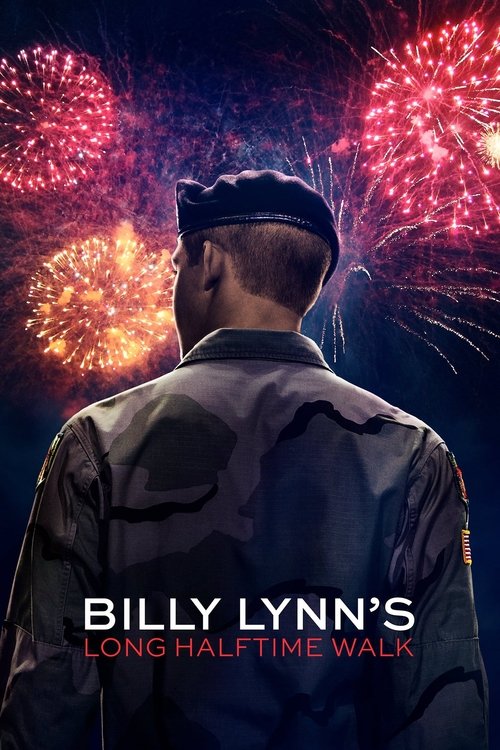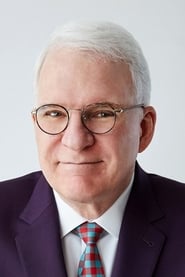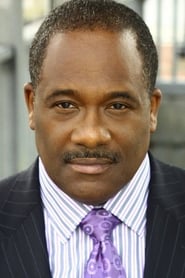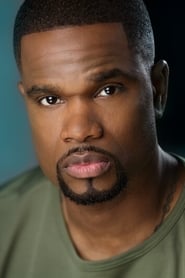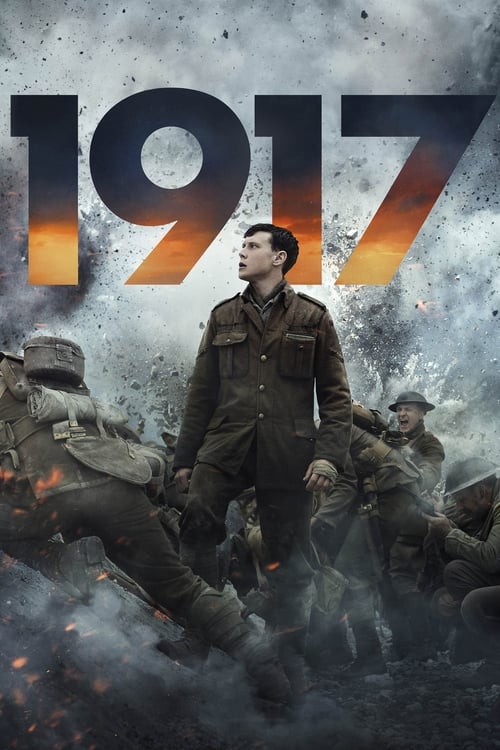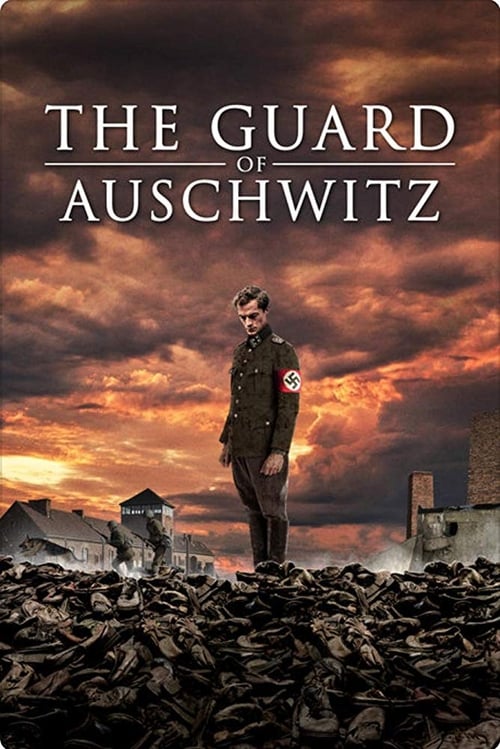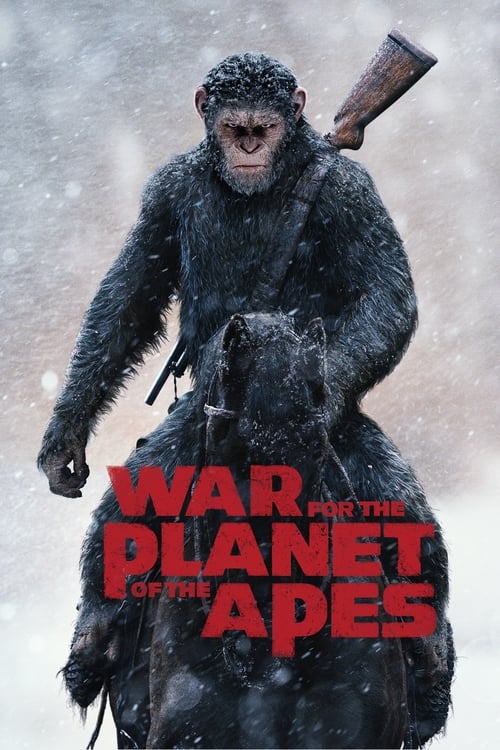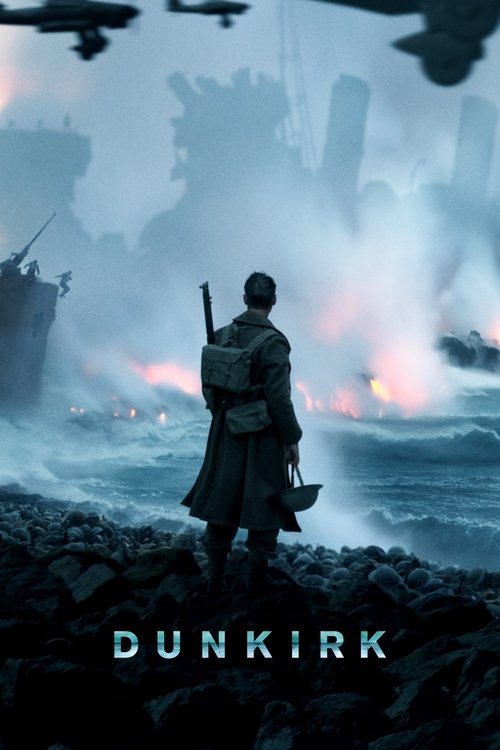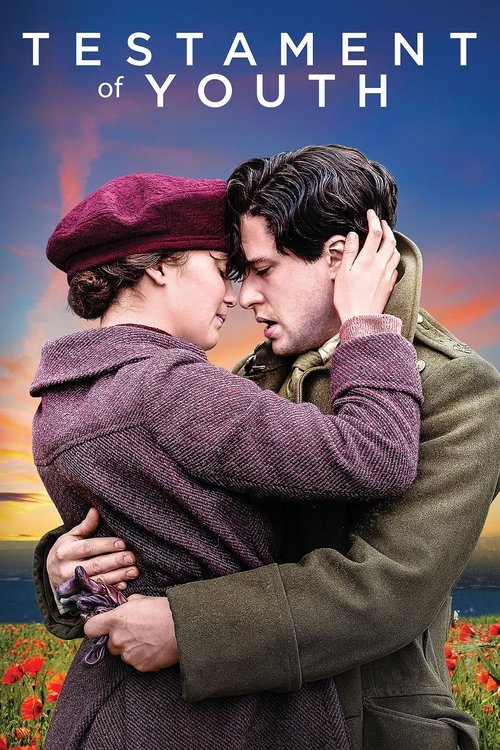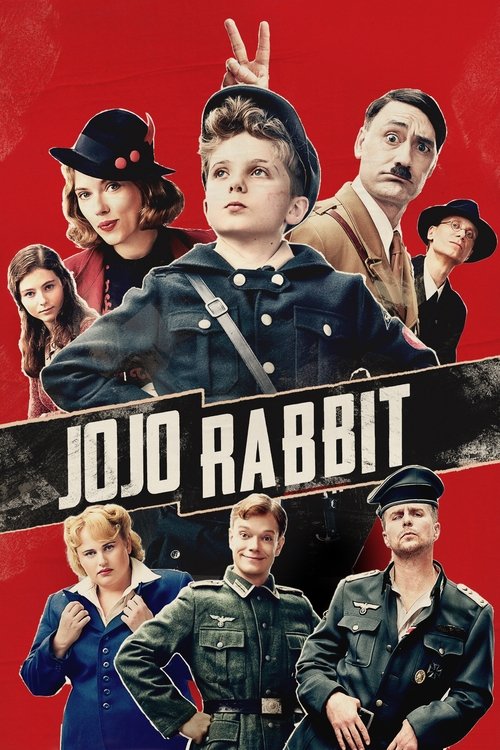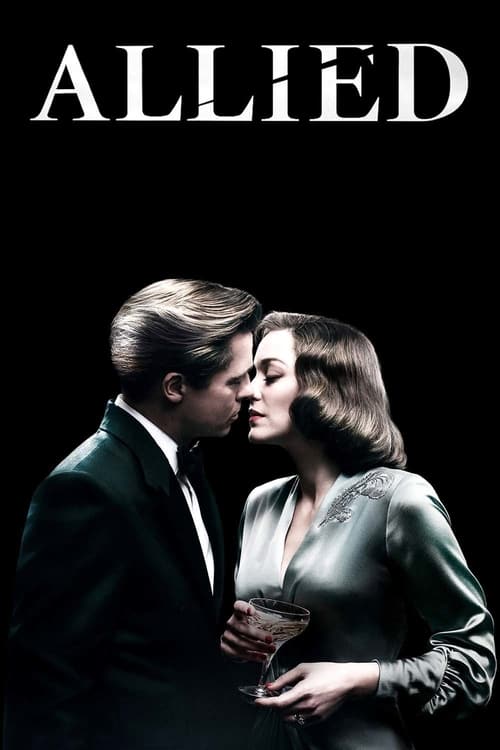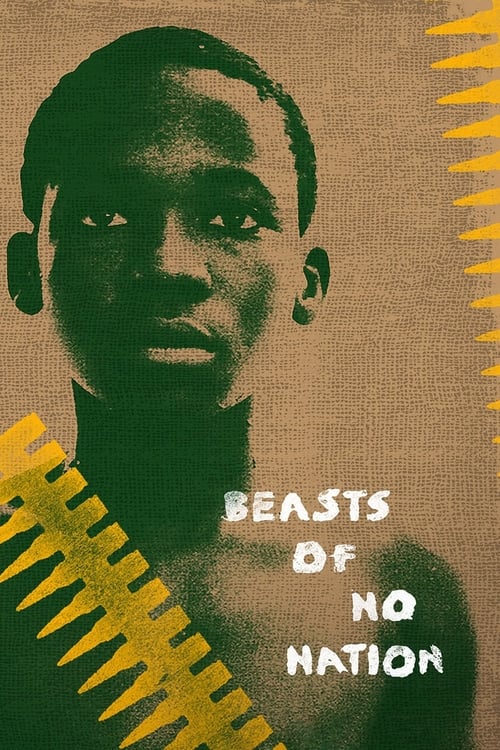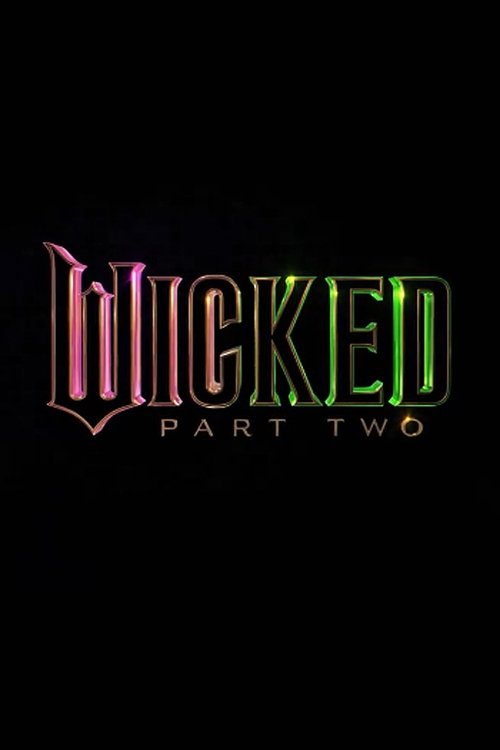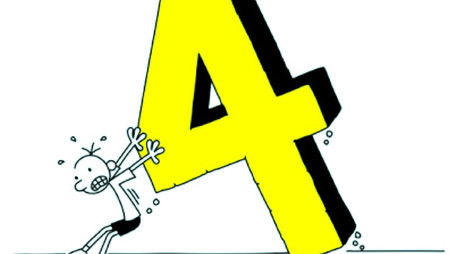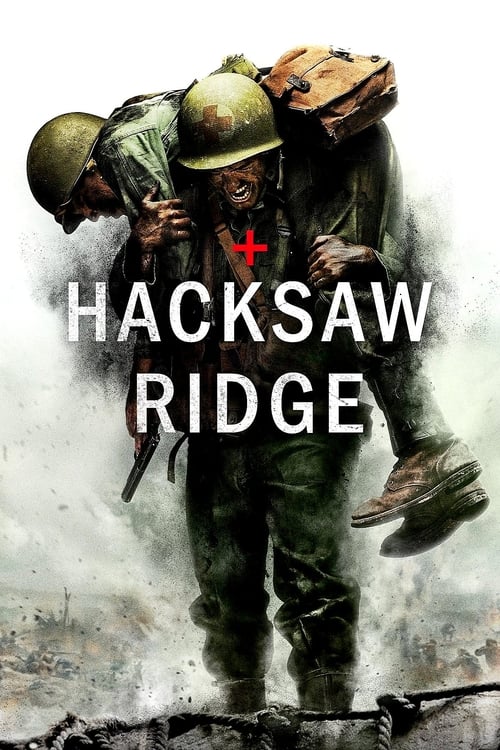
Ask Your Own Question
What is the plot?
The story opens in the dazzling, overwhelming spectacle of a Dallas Cowboys football stadium during halftime on a chilly autumn day in 2004. The stadium is packed, the crowd roaring with excitement, but the camera pulls back to reveal a stark contrast: Bravo Squad, a group of young American soldiers, is being paraded through this commercialized celebration as if they are trophies rather than men. Among them is nineteen-year-old Private Billy Lynn, who is both bewildered and detached, navigating the surreal experience of being hailed a hero after a brutal firefight on the banks of the Al-Ansakar Canal in Iraq.
Billy's mind is a whirlwind of conflicting emotions and memories. He moves through the stadium, surrounded by flashing cameras and cheering fans, but his thoughts drift back to the battlefield. His closest friend, Sergeant David Dime, walks beside him, sharing quiet moments of camaraderie amid the chaos. Dime is hardened yet protective, often the voice of blunt realism. The squad's injured leader, Sergeant Shroom, is present too, his body broken but his spirit lingering, symbolized by a small icon of Ganesha that Billy carries--a talisman of protection and spirituality that recurs throughout Billy's visions.
As the squad is transported in a sleek limousine, the glossy veneer of their victory tour begins to crack. Billy's PTSD manifests in vivid hallucinations and flashbacks, blending the sterile luxury of the limo with the gritty horrors of Iraq. He sees the firefight replayed in his mind: explosions, gunfire, the screams of comrades falling around him. The squad's ordeal is raw and chaotic, far removed from the sanitized narrative being sold to the American public.
Billy's family life adds another layer of complexity. Flashbacks reveal his visit home in Dallas, where tensions simmer beneath the surface. His father, Ray Lynn, a former radio DJ with a complicated past, harbors secrets including a hidden teenage daughter, exposing a fractured family dynamic. Billy's sister, Kathryn Lynn, emerges as a fierce advocate for his well-being. She pushes him to seek psychological help, desperate to shield him from returning to the war. "You don't have to go back," she pleads, her voice trembling with both love and fear. But Billy, torn between duty and belonging, insists, "This is where I'm supposed to be."
Meanwhile, Albert, the squad's media handler, maneuvers behind the scenes, negotiating the movie rights to their story. He meets with Norm Oglesby, the wealthy and pragmatic owner of the Dallas Cowboys. Oglesby's offer is a cold shock: instead of the $100,000 per soldier Albert hoped for, he offers a mere $5,500 each. Dime, incensed, rejects the offer outright, and Billy stands with him, refusing to let their harrowing experience be cheapened. In a private moment, Oglesby coldly reminds Billy, "This story isn't yours anymore. It belongs to America." Billy's defiant response is a quiet but firm refusal, underscoring the tension between personal sacrifice and public spectacle.
The victory tour's facade begins to crumble further when the squad is ambushed by the stadium's stage manager and his security guards. The attack triggers a flood of PTSD for Billy, whose mind floods with surreal images of war and death. In a desperate act to protect his injured commander Shroom, Billy draws his weapon and shoots at the assailants, his actions frantic and raw. Though the attackers are subdued, the incident starkly reveals the gulf between the soldiers' reality and the hollow pageantry surrounding them.
Billy's brief reunion with Faison, a young woman he loves, offers a tender respite. They share a quiet moment away from the crowd, where Billy confesses, "I wish I could run away with you." Faison, pragmatic and grounded, gently reminds him of his duty to redeploy. Their kiss is bittersweet, a fleeting connection before the inevitable separation.
Kathryn arrives to take Billy away for a medical discharge, hoping to save him from further harm. But Billy's resolve is unshaken. "I'm going back," he tells her, his voice steady though heavy with emotion. "Not because I have to, but because it's where I belong." They embrace, tears mingling with unspoken fears, a poignant farewell to the possibility of a different life.
As Billy returns to the limo, the world around him warps once more. The vehicle transforms in his mind into a Humvee, a symbol of the battlefield that still haunts him. Inside, he sees the familiar icon of Ganesha and has a final, philosophical conversation with the spirit of Shroom. "I love you," Billy says softly, a declaration of loyalty and grief. The squad members respond in kind, their voices overlapping in a chorus of brotherhood and shared pain.
The film closes on this ambiguous, haunting note--Billy and his comrades bound together by trauma, love, and the unresolved cost of war. They drive away from the stadium, their futures uncertain, their stories no longer theirs alone but woven into the complex fabric of American heroism and spectacle. The victory tour ends, but the long halftime walk--the journey through memory, identity, and sacrifice--continues.
What is the ending?
In the ending of "Billy Lynn's Long Halftime Walk," Billy returns to his unit after the halftime show, grappling with the trauma of war and the disconnect between the glorification of soldiers and the reality of their experiences. He ultimately decides to reject the idea of staying in the military and chooses to return home, seeking a life beyond the battlefield.
As the film approaches its conclusion, the narrative unfolds during the halftime show of a Dallas Cowboys game, where Billy Lynn and his fellow soldiers are honored for their bravery in combat. The atmosphere is electric, filled with cheers and applause, but beneath the surface, Billy is deeply conflicted.
Scene by scene, the tension builds. The camera captures the vibrant spectacle of the stadium, the dazzling lights, and the overwhelming energy of the crowd. Billy stands on the field, dressed in his military uniform, feeling the weight of the moment. He is surrounded by his fellow soldiers, each of whom is also grappling with their own emotions. The cheers from the audience contrast sharply with the haunting memories of war that flash through Billy's mind, reminding him of the violence and loss he has experienced.
As the halftime show progresses, Billy's internal struggle becomes more pronounced. He is approached by various figures, including a wealthy sponsor who tries to persuade him to stay in the military and capitalize on his newfound fame. This interaction highlights the commercialization of war and the way soldiers are often used as symbols rather than individuals with their own stories and traumas.
Billy's thoughts drift to his fallen comrade, Shroom, whose absence looms large over him. The emotional weight of his loss is palpable, and it drives home the reality that while he is being celebrated, his friend is not there to share in the honor. This moment serves as a stark reminder of the cost of war and the sacrifices made by soldiers.
As the show reaches its climax, Billy is faced with a choice. He can either embrace the life that is being offered to him--a life of fame and glory--or he can return to the reality of his experiences and the struggles that await him back home. The decision weighs heavily on him, and the audience can see the conflict etched on his face.
In the final moments, Billy makes a bold choice. He steps away from the spotlight, rejecting the allure of fame and the expectations placed upon him. Instead, he chooses to return to his unit, symbolizing a return to his true self and the bonds he shares with his fellow soldiers. This decision signifies a rejection of the superficiality of the halftime show and a commitment to the deeper, more complex realities of life as a soldier.
As the film concludes, the fate of the main characters is revealed. Billy returns to his unit, ready to face the challenges ahead, while his fellow soldiers, who have also been affected by the events of the day, share a moment of solidarity. The film ends on a note of uncertainty, reflecting the ongoing struggles of veterans and the complexities of their experiences. Billy's journey is one of self-discovery, and while he may not have all the answers, he is determined to forge his own path, away from the expectations of others.
Is there a post-credit scene?
Billy Lynn's Long Halftime Walk does not have a post-credit scene. The film concludes with a poignant moment that encapsulates the emotional journey of the protagonist, Billy Lynn, as he grapples with the realities of war, fame, and the disconnection between the battlefield and the American home front. After the climactic halftime show, the narrative focuses on Billy's internal conflict and the impact of his experiences, leaving the audience with a sense of reflection rather than additional scenes or revelations. The film ends on a note that emphasizes the weight of his experiences and the complexities of returning home after combat.
What motivates Billy Lynn to join the military?
Billy Lynn is motivated to join the military largely due to a sense of duty and the desire to escape his mundane life. He feels a strong connection to his family and his country, and after witnessing the events of 9/11, he is compelled to serve. His decision is also influenced by the need to find purpose and direction in his life.
How does Billy's experience in the war affect his relationship with his sister, Kathryn?
Billy's experience in the war creates a complex dynamic with his sister, Kathryn. She is supportive and proud of him, but also struggles with the emotional distance that his experiences have created. Their relationship is strained as Billy grapples with the trauma of war, and Kathryn's desire to protect him clashes with his need to confront his reality.
What role does the halftime show play in Billy's emotional journey?
The halftime show serves as a pivotal moment in Billy's emotional journey, contrasting the spectacle of American entertainment with the harsh realities of war. As he participates in the show, he is reminded of the disconnect between the adoration he receives and the trauma he has endured. This moment forces him to confront his feelings about heroism, sacrifice, and the public's perception of soldiers.
How does Billy's relationship with his fellow soldiers influence his character development?
Billy's relationship with his fellow soldiers, particularly with Shroom, plays a crucial role in his character development. Shroom serves as a mentor and a voice of reason, helping Billy navigate the complexities of their shared experiences. Their bond highlights themes of camaraderie and the emotional scars of war, ultimately shaping Billy's understanding of loyalty and sacrifice.
What internal conflicts does Billy face during the film?
Throughout the film, Billy faces significant internal conflicts, including his struggle with the trauma of combat, the pressure of being seen as a hero, and his desire for a normal life. He grapples with feelings of guilt for surviving while others did not, and the expectations placed on him by society and his family. These conflicts culminate in moments of introspection as he seeks to reconcile his experiences with his identity.
Is this family friendly?
"Billy Lynn's Long Halftime Walk" is a film that explores the complexities of war, heroism, and the impact of military service on young soldiers. While it has moments of humor and camaraderie, it also contains several elements that may be objectionable or upsetting for children or sensitive viewers.
-
War Violence: The film includes flashbacks to combat scenes that depict the harsh realities of war, including gunfire, explosions, and the emotional toll on soldiers. These scenes can be intense and may be distressing.
-
Trauma and PTSD: The main character, Billy, grapples with the psychological effects of war, including trauma and post-traumatic stress disorder. His internal struggles are portrayed in a way that may be heavy for younger audiences.
-
Mature Themes: The film addresses themes of mortality, sacrifice, and the disconnection between soldiers and civilian life, which may be difficult for younger viewers to fully understand or process.
-
Language: There are instances of strong language throughout the film, which may not be suitable for children.
-
Emotional Distress: The characters experience significant emotional turmoil, including feelings of isolation, confusion, and the pressure of public perception, which could be upsetting for sensitive viewers.
Overall, while the film has important messages about bravery and the realities of military life, its mature themes and intense scenes may not be appropriate for all audiences, particularly children.

